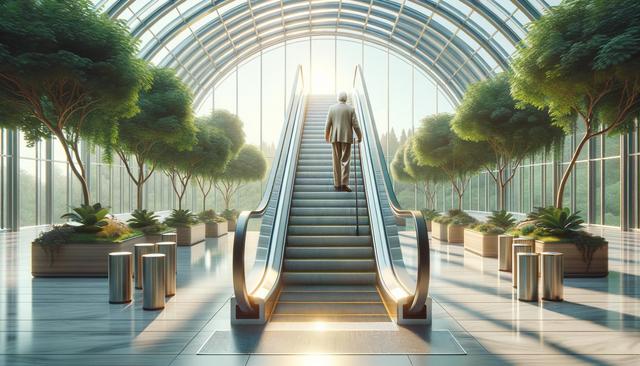The Importance of Home Accessibility for Seniors
As the population ages, ensuring home accessibility becomes increasingly important for maintaining independence among seniors. Traditional staircases can pose significant risks, leading to falls or injuries that could be avoided with the right modifications. Home elevators are an innovative solution that can transform living spaces, making them safer and more accessible. By integrating cutting-edge technology like voice controls and anti-slip floors, these elevators not only enhance safety but also increase the convenience of daily activities, ultimately supporting a more independent lifestyle.
Features that Enhance Safety and Convenience
Modern elevators designed for seniors come equipped with various features that prioritize safety and ease of use. Voice controls allow users to operate the elevators hands-free, reducing the risk of accidents. Anti-slip floors provide additional stability, while emergency alerts ensure prompt assistance if needed. These features collectively make home elevators a smart choice for those looking to age in place safely. Furthermore, the availability of lightweight models that don’t require extensive renovations makes it easier for homeowners to install these elevators, ensuring that safety is not compromised by budget or logistical constraints.
Installation Without Hassle
One of the standout benefits of these modern elevators is their ease of installation. Unlike traditional models that may require significant structural changes, contemporary elevators are designed to fit seamlessly into existing spaces. This is particularly advantageous for seniors who wish to avoid the disruption and cost of major home renovations. Lightweight models can be installed quickly, providing an immediate solution to mobility challenges within the home. This approach not only saves time and money but also ensures that seniors can continue to navigate their living spaces with confidence and ease.
Cost-Effective Leasing Options
For many seniors, budget constraints can be a barrier to making necessary home improvements. However, the availability of budget-friendly leasing options for home elevators offers a practical solution. Leasing allows for the use of high-quality equipment without the upfront costs associated with purchase, making it an attractive option for those who wish to maintain financial flexibility while enhancing home accessibility. Many providers also offer maintenance packages as part of their lease agreements, ensuring that the elevators remain in optimal condition without additional expenses.
Empowering Independent Living
The overarching goal of installing smart elevators in the homes of seniors is to empower them to live independently for as long as possible. By reducing reliance on others for mobility within the home, seniors can enjoy a greater sense of autonomy and self-sufficiency. This not only improves their quality of life but also provides peace of mind for family members who might otherwise be concerned about their loved ones’ safety. Ultimately, smart elevators are a forward-thinking investment in the well-being and independence of seniors, aligning with the broader movement towards safe aging in place.
Conclusion
For seniors and their families, the decision to install a smart home elevator is a step towards ensuring safety and independence in their daily lives. With features designed to cater to the needs of older adults, and installation options that minimize disruption, these elevators offer a practical and empowering solution. As more seniors seek to age in place, investing in home accessibility solutions like these becomes not just beneficial but essential for enhancing both safety and quality of life.
